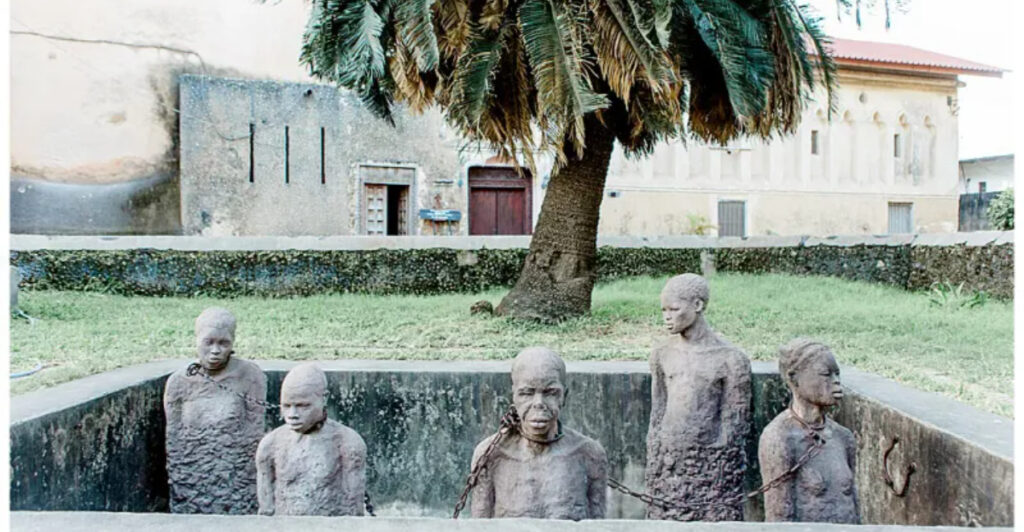History lives in sacred places where courage met cruelty, where freedom fighters stood tall, and where entire civilizations flourished long before textbooks gave them credit. Black history sites around the world tell stories that reshape our understanding of humanity’s journey. Walking through these powerful locations connects you to experiences that shaped millions of lives across centuries.
1. Goree Island (Senegal)
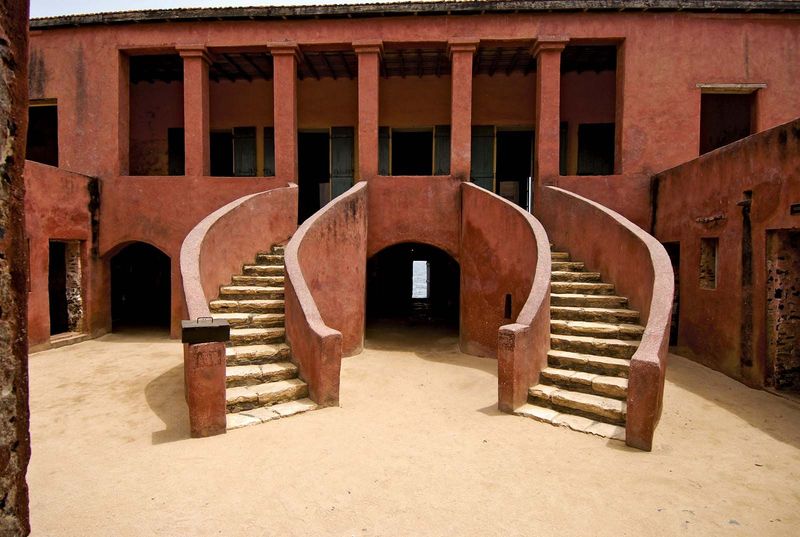
Standing before the infamous “Door of No Return” brings an overwhelming silence that speaks louder than any history book ever could. This small island off Dakar’s coast served as one of Africa’s largest slave-trading posts for over 350 years.
More than 20 million enslaved people passed through these stone corridors before boarding ships to the Americas. The cramped holding cells, barely tall enough for adults to stand, housed hundreds of men, women, and children in unimaginable conditions.
UNESCO recognized this site for its tragic significance in human history. Walking through these preserved buildings forces visitors to confront the brutal reality of the transatlantic slave trade in ways that textbooks simply cannot convey.
2. National Museum of African American History & Culture (Washington, D.C.)
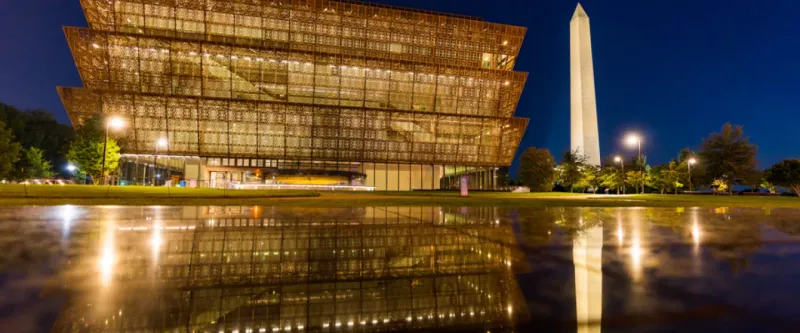
Bronze-colored lattice work crowns this Smithsonian masterpiece, honoring traditional Yoruba architecture from West Africa. Inside, artifacts tell America’s most difficult truths alongside its greatest triumphs.
Emmett Till’s original casket sits as a stark reminder of racial violence, while Harriet Tubman’s personal hymnal shows faith’s power during slavery’s darkest hours. Interactive exhibits trace African American experiences from ancient kingdoms through modern achievements.
The museum’s corona-shaped design symbolizes reaching toward hope and freedom. Every floor reveals new perspectives on familiar stories, challenging visitors to see American history through different eyes. Advance reservations are essential for this transformative experience.
3. Cape Coast Castle (Ghana)

White-washed walls hide dark secrets within this coastal fortress where British colonizers imprisoned thousands of Africans before shipping them across the Atlantic. Underground dungeons held up to 1,000 people at once in spaces meant for 200.
The contrast between the governor’s luxurious quarters upstairs and the horrific conditions below reveals colonialism’s calculated cruelty. Scratch marks still visible on dungeon walls show desperate attempts at escape.
Today’s “Door of Return” ceremony welcomes African diaspora descendants home, transforming this place of departure into one of healing. Standing where ancestors suffered creates profound connections across centuries of separation and survival.
4. Whitney Plantation (Louisiana, USA)
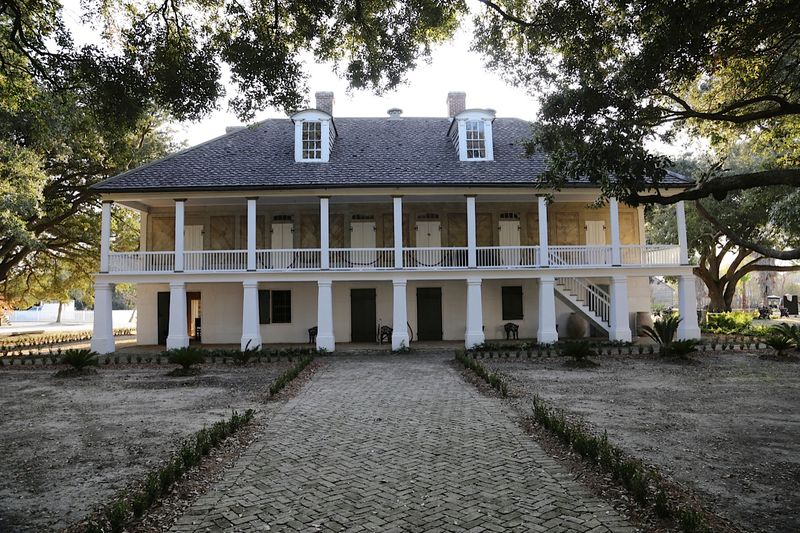
Unlike other plantation museums that romanticize the antebellum South, Whitney centers entirely on enslaved people’s experiences. Bronze sculptures of children remind visitors that 2,200 documented enslaved children lived here.
Memorial walls display names of 107,000 enslaved individuals from Louisiana, giving identity to people history often forgot. Original slave quarters, rebuilt church, and authentic artifacts create immersive experiences without sugar-coating brutal realities.
Audio recordings of former enslaved people’s testimonies, collected in the 1930s, provide firsthand accounts of plantation life. The Wall of Honor lists victims by name, age, and circumstances of death, humanizing statistics that textbooks reduce to numbers.
5. Apartheid Museum (Johannesburg, South Africa)
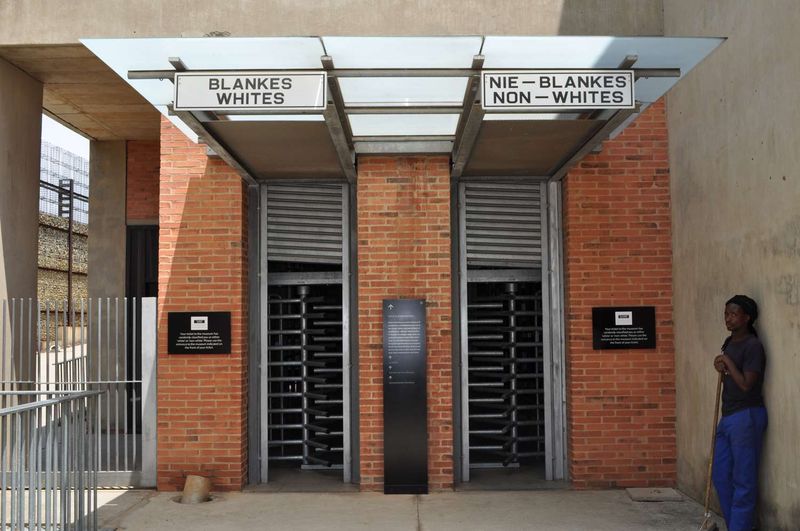
Your visit begins with random assignment of a racial classification card, immediately demonstrating apartheid’s arbitrary cruelty. White and non-white entrances force visitors through the same segregated experience millions endured daily.
Exhibits trace systematic oppression from 1948 through democracy’s arrival in 1994. The mirrored memorial room honors political prisoners who died in detention, reflecting infinite images of their photographs.
Nelson Mandela’s prison cell replica and authentic pass books show apartheid’s personal impact on individual lives. Interactive displays explain complex laws that controlled where people could live, work, and travel based solely on skin color.
6. Timbuktu (Mali)
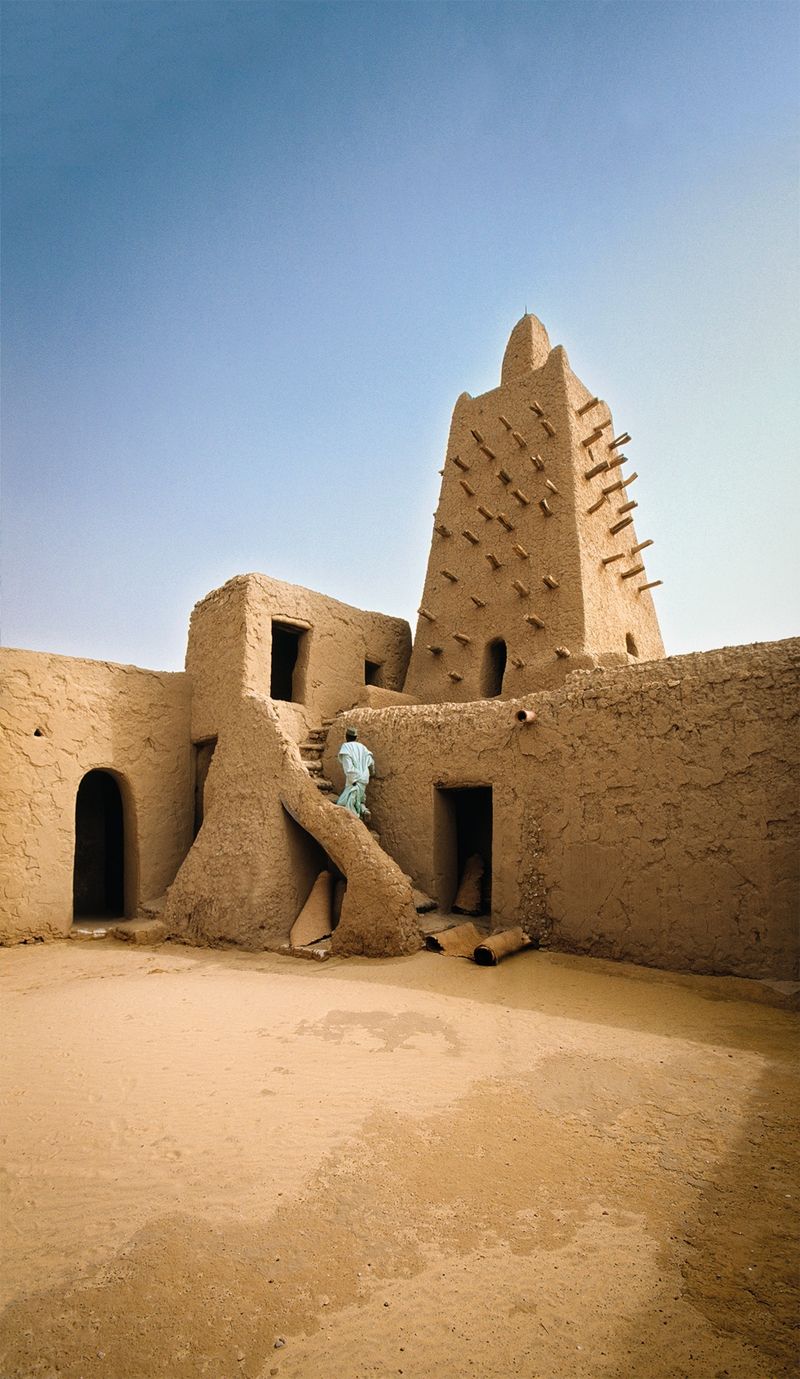
Medieval Europe’s “Dark Ages” coincided with Timbuktu’s golden era as Africa’s intellectual capital. Sankore University attracted scholars from across the known world, housing over 700,000 manuscripts on mathematics, astronomy, medicine, and philosophy.
Ancient libraries preserved knowledge that European universities wouldn’t teach for centuries. These handwritten texts prove Africa’s rich scholarly traditions existed long before colonizers arrived.
Climate change and armed conflict now threaten this UNESCO World Heritage site. Many manuscripts were smuggled to safety during recent occupations, but rising temperatures and political instability continue endangering this irreplaceable collection of human knowledge and African intellectual achievement.
7. International Slavery Museum (Liverpool, UK)
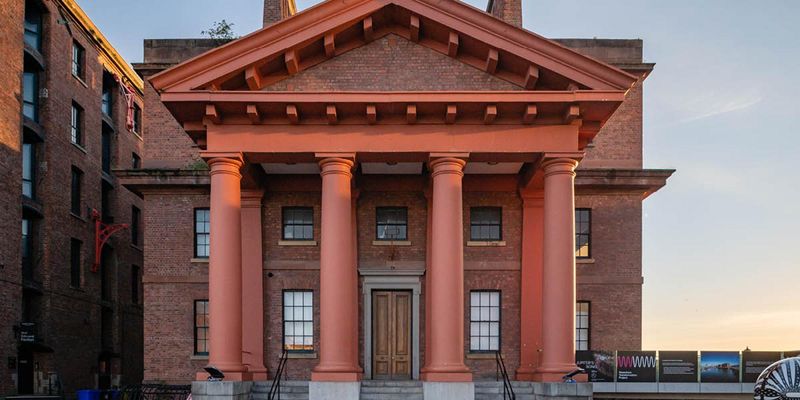
Liverpool’s wealth came from human trafficking, and this museum doesn’t shy away from that uncomfortable truth. British ships transported over 1.5 million enslaved Africans, generating massive profits that built the city’s grand architecture.
Original shackles, ship models, and trading documents reveal the slave trade’s industrial scale. Interactive displays connect historical slavery to modern human trafficking, showing how exploitation continues today.
The museum examines racism’s lasting effects on British society while celebrating African cultures that survived the Middle Passage. Personal stories from enslaved people’s descendants provide emotional connections to Liverpool’s role in the triangular trade between Europe, Africa, and the Americas.
8. Zanzibar’s Stone Town (Tanzania)
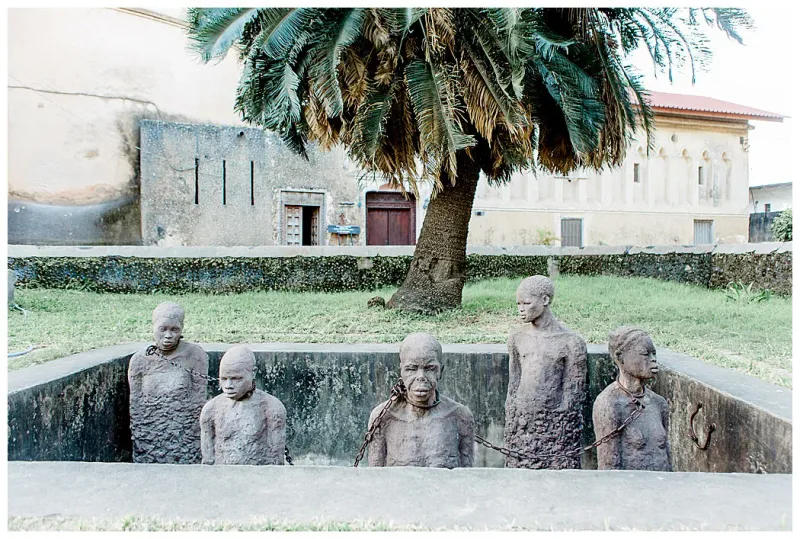
Narrow streets hide Stone Town’s role as East Africa’s largest slave market, where Arab traders sold over 50,000 people annually. The Anglican Cathedral now stands where the whipping post once terrorized captives.
Underground chambers beneath the St. Monica’s Hostel held enslaved people before auction. The cathedral’s altar deliberately marks the exact spot where slaves were beaten, transforming pain into prayer.
Carved wooden doors throughout Stone Town tell stories of Swahili, Arab, Persian, and Indian cultures that shaped this UNESCO site. Former slave quarters now house museums explaining how Indian Ocean trade routes connected Africa to Asia through human bondage.
9. Black Wall Street Memorial (Tulsa, Oklahoma, USA)
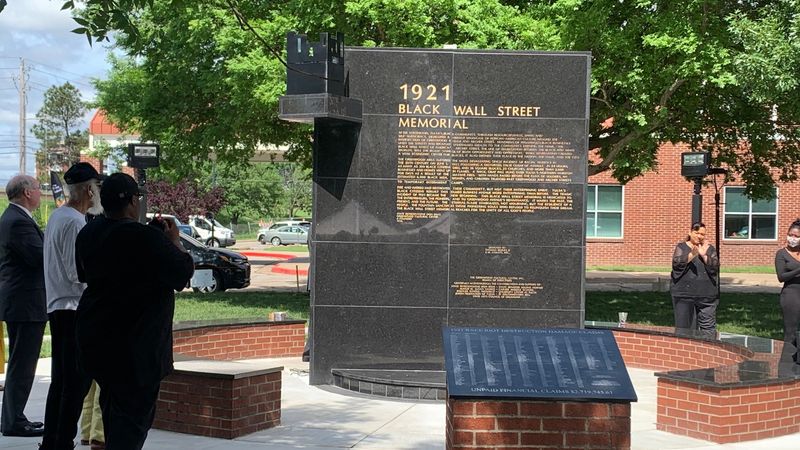
Greenwood District once represented Black economic success so complete that Booker T. Washington called it “Black Wall Street.” Over 300 businesses, hospitals, schools, and theaters created a self-sufficient community that threatened white supremacy.
The 1921 Tulsa Race Massacre destroyed 35 city blocks in 16 hours. White mobs burned 1,256 homes, killing an estimated 300 residents while authorities looked away.
The new Greenwood Rising history center uses immersive technology to tell this suppressed story. Memorial plaques mark where successful businesses once stood, while survivor testimonies finally receive the attention they deserved for over a century.
10. Valongo Wharf (Rio de Janeiro, Brazil)
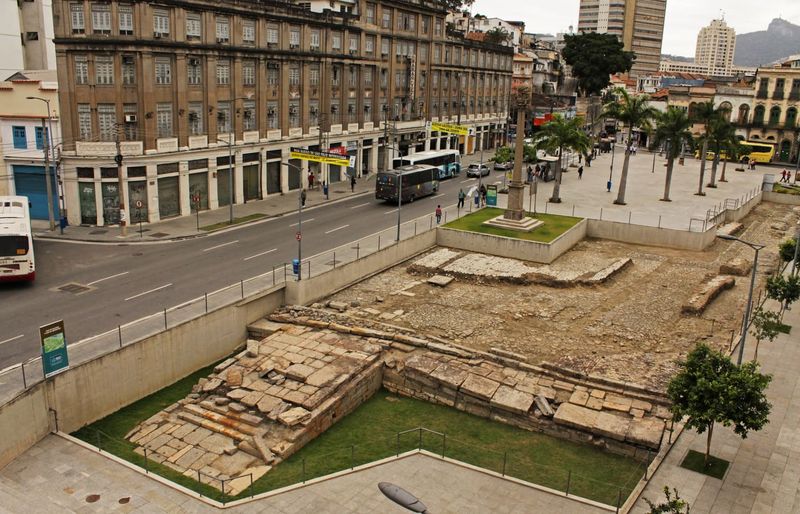
Construction for the 2016 Olympics accidentally unearthed South America’s largest slave arrival point, where over 900,000 enslaved Africans first touched Brazilian soil. More enslaved people landed here than anywhere else in the Americas.
Stone pathways where chained captives walked remain embedded in Rio’s modern streets. Archaeological discoveries include anklets, amulets, and personal items that enslaved people carried from Africa.
Brazil imported ten times more enslaved people than the United States, yet this history remained literally buried until 2011. UNESCO recognition came in 2017, finally acknowledging Brazil’s central role in the transatlantic slave trade and African cultural preservation.
11. Harriet Tubman Underground Railroad National Historical Park (Maryland, USA)
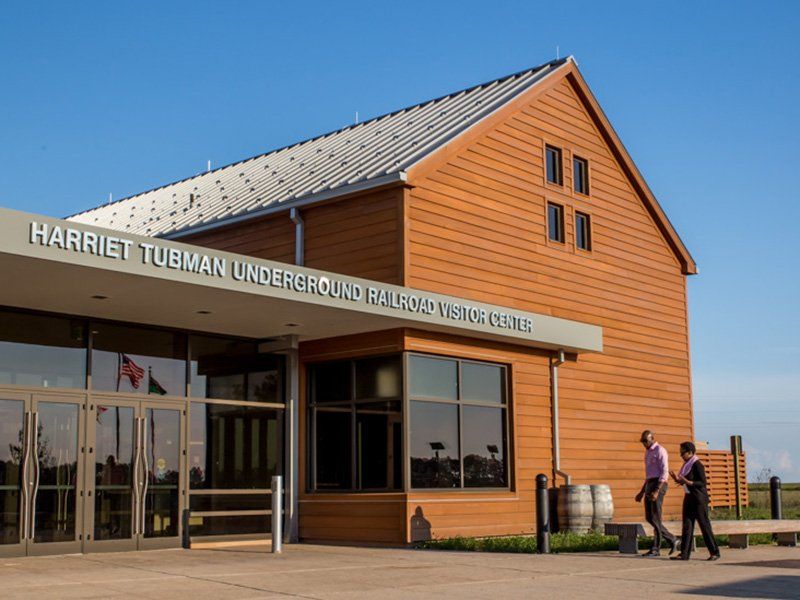
Dorchester County’s marshes and forests provided cover for Harriet Tubman’s legendary rescue missions. Born into slavery here around 1822, she returned 19 times to lead others to freedom without losing a single person.
The new visitor center uses technology to map Tubman’s secret routes through Maryland’s Eastern Shore. Original landscapes where she hid during dangerous journeys remain largely unchanged from the 1850s.
The Harriet Tubman Byway connects 36 sites across 125 miles, including her birthplace, family church, and safe houses. Interactive exhibits explain how she used astronomy, seasonal patterns, and local knowledge to navigate toward freedom.
12. Kwame Nkrumah Mausoleum (Accra, Ghana)
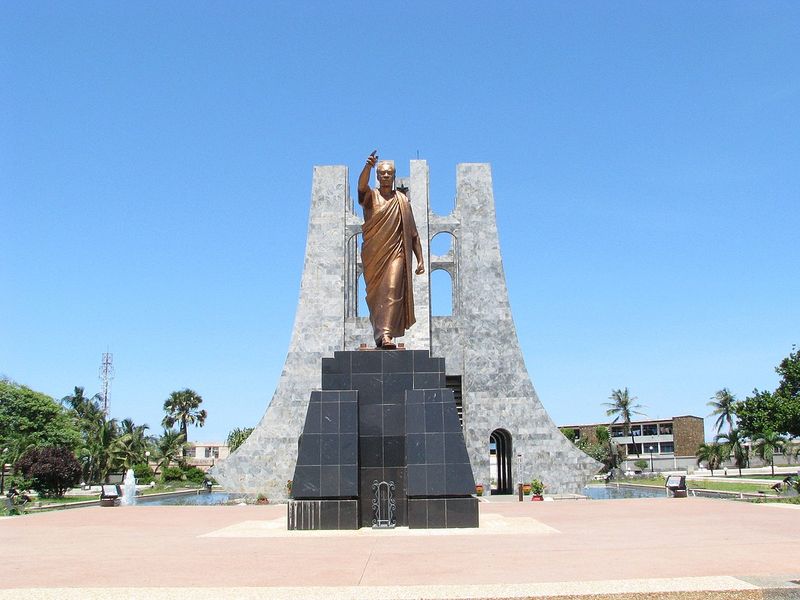
Ghana’s first president lies beneath a striking memorial crowned by a black star, the symbol he chose for African liberation. Nkrumah led the first African colony to gain independence in 1957, inspiring freedom movements across the continent.
The mausoleum’s modernist design reflects his vision of Africa’s technological future. Interactive exhibits explain his Pan-African philosophy and relationships with leaders like Martin Luther King Jr. and Malcolm X.
Nkrumah’s famous declaration, “Ghana, your beloved country, is free forever,” echoes through displays showing his influence on civil rights movements worldwide. The eternal flame honors all African independence fighters who followed his example.
13. Memorial ACTe (Pointe-à-Pitre, Guadeloupe)
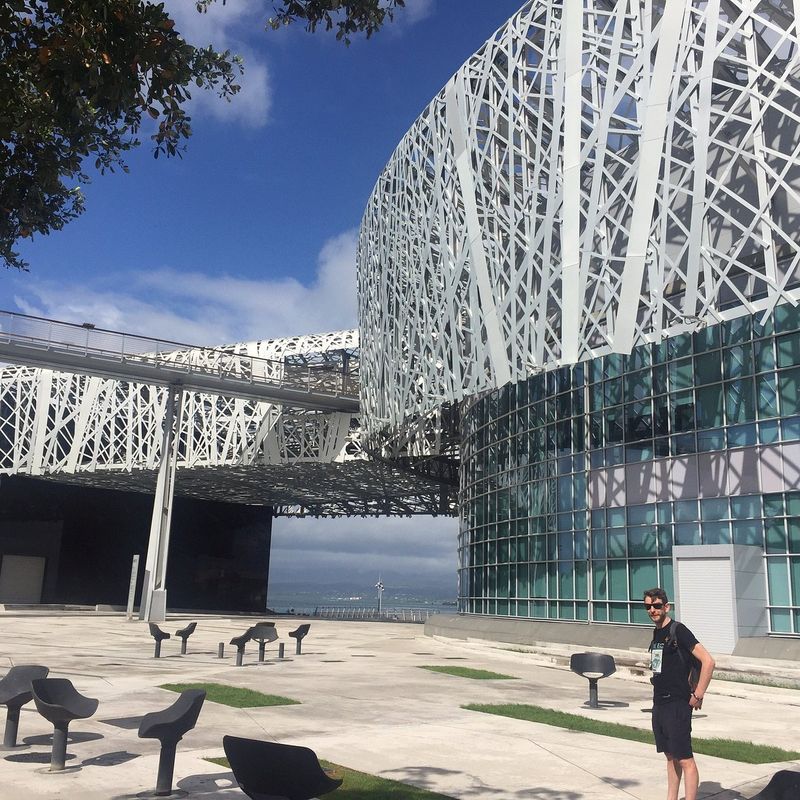
The Caribbean’s most comprehensive slavery museum houses French colonial records documenting 1.5 million enslaved people brought to the region. The building’s unique architecture resembles roots spreading toward the sea and sky.
A 19th-century “slave collar” with iron spikes demonstrates the brutal control methods used on sugar plantations. Interactive displays trace African cultural survival through music, food, and religious practices that define Caribbean identity today.
Memorial walls list names of enslaved individuals found in plantation records, giving identity to people reduced to property in colonial documents. The museum connects historical slavery to ongoing struggles for equality throughout the African diaspora.
14. Selma’s Edmund Pettus Bridge (Alabama, USA)
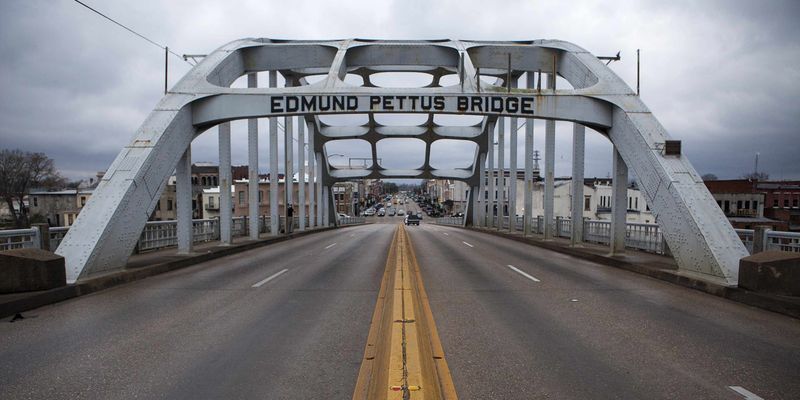
“Bloody Sunday” unfolded here on March 7, 1965, when Alabama state troopers brutally attacked peaceful voting rights marchers. Television footage of John Lewis and others being beaten shocked the nation into supporting civil rights legislation.
The bridge still bears the name of a Confederate general and Ku Klux Klan leader, creating complex emotions for visitors seeking justice and reconciliation.
Annual jubilee celebrations bring thousands to walk the bridge and remember those who bled for voting rights. The Selma Interpretive Center explains how local organizing led to national change, inspiring new generations of activists fighting for democracy.
15. Kunta Kinteh Island (The Gambia)
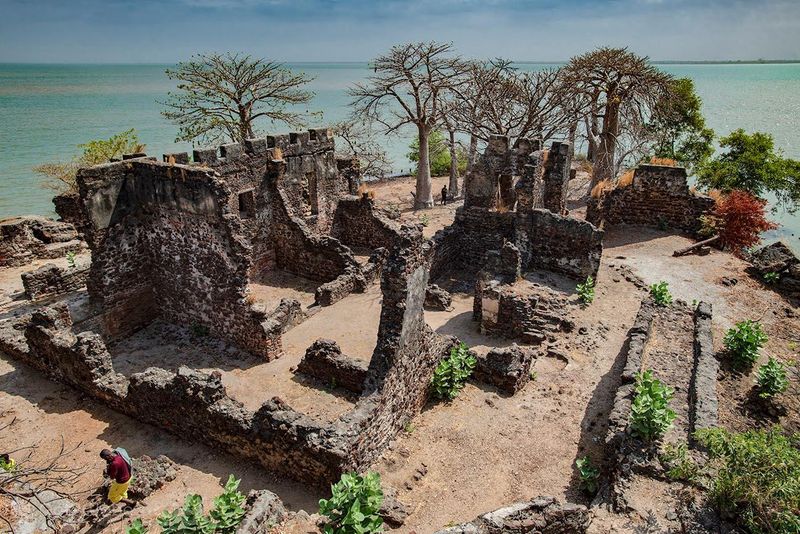
Formerly called James Island, this site was renamed to honor the enslaved man from Alex Haley’s “Roots.” The small island in the Gambia River served as a slave trading post for over 200 years.
Crumbling fort ruins show where captives were held before transportation to the Americas. Haley claimed his ancestor Kunta Kinte was captured near here, though historians debate the story’s accuracy.
UNESCO recognition acknowledges the island’s role in the transatlantic slave trade regardless of “Roots'” factual questions. The renaming represents African efforts to reclaim their history from colonial narratives and honor enslaved ancestors’ memory.
16. The African Burial Ground (New York City, USA)
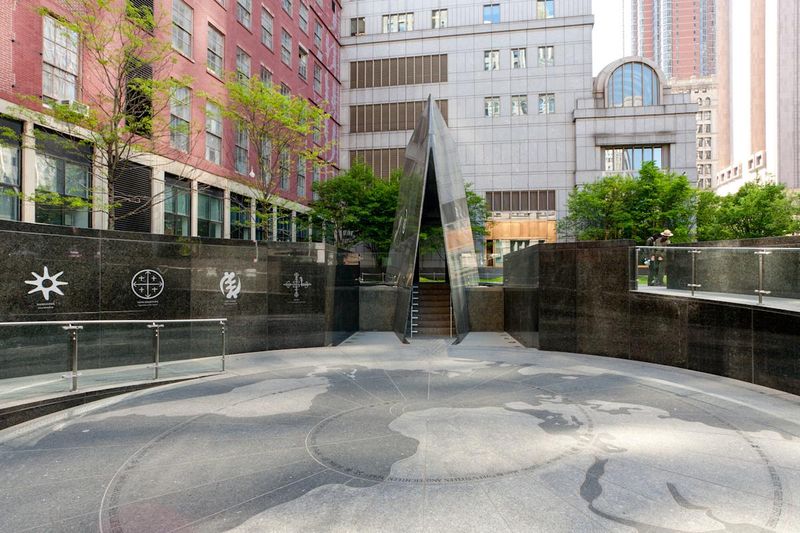
Manhattan’s financial district was built over America’s largest colonial-era African cemetery. Discovered accidentally in 1991, the site contained remains of over 15,000 free and enslaved Africans buried between the 1690s and 1790s.
Cowrie shells, beads, and other African artifacts buried with the dead show cultural traditions that survived slavery. Scientific analysis revealed the physical toll of bondage on human bodies.
The memorial features seven ancestral chambers representing regions of Africa, plus a libation court for honoring the deceased. This sacred space forces recognition that African Americans built New York’s early economy while being denied basic human dignity.
17. Robben Island (South Africa)
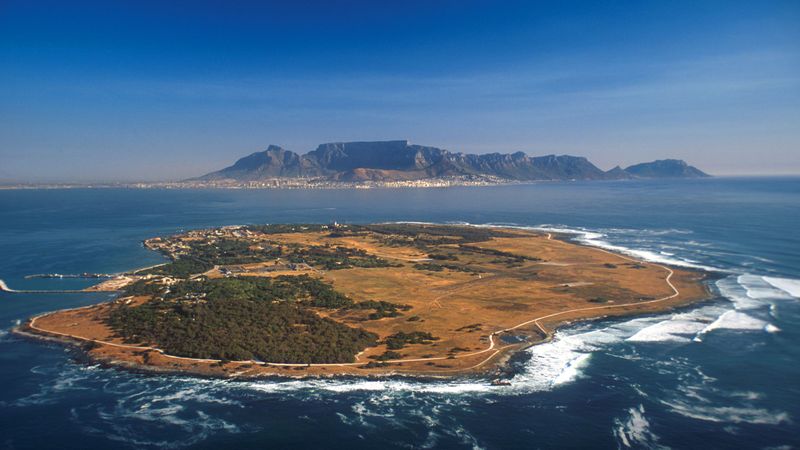
Nelson Mandela spent 18 of his 27 prison years on this windswept island seven miles from Cape Town. The limestone quarry where he worked damaged his eyes, but couldn’t break his spirit or commitment to justice.
Former political prisoners now guide visitors through the maximum-security prison, sharing firsthand accounts of apartheid’s cruelty and their unshakeable hope for freedom.
Mandela’s tiny cell, furnished only with a sleeping mat and bucket, demonstrates the harsh conditions that failed to silence the anti-apartheid movement. The island transformed from a place of punishment into a symbol of triumph over oppression.

